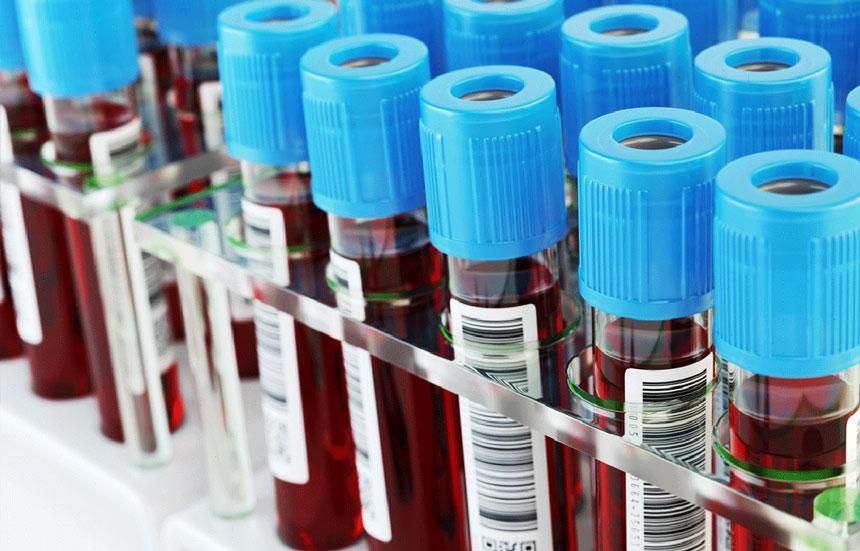Is Your Doctor Taking a Deeper Dive into Your Heart Health?

Many of my patients are concerned about heart disease -- and with good reason. It’s the leading cause of death in the United States, despite having effective tools to help detect and prevent it.
What’s even more of a head-scratcher is that our understanding of heart disease prevention far out-weighs our knowledge of Alzheimer’s disease and cancer prevention. Yet heart disease kills more people than Alzheimer’s and all forms of cancer combined. And, according to a recent survey, most people are more worried about cancer than heart disease.
Why is heart disease so deadly? Let me share this heart disease deeper dive with you.
See the image below of a coronary artery? It’s divided into six sections. The left side looks perfectly healthy.

Image: Courtesy of Cleveland Heart Lab
As you age, the arterial wall will thicken. Factors such as high blood pressure, insulin resistance and LDL particles contribute to thickening. In my opinion, LDL particles are the biggest culprit because they penetrate an arterial wall and deposit their contents.
Unfortunately, cholesterol screenings can’t accurately predict the number or size of LDL particles you have. You must measure the particles and understand the ranges – that’s the deeper dive.
Take another look at the artery image. Notice the third section; it has a sliver of yellow. This is early-onset plaque and it begins accumulating after enough LDL particles have dumped their contents into the arterial wall and is a sign that your risk for disease is increasing.
In the fourth segment, the plaque looks like a whitehead. If you’re arteries reach this point, you’re in big, big trouble. However, you’ll probably feel fine. That’s because arteries with a 30 to 40 percent narrowing usually don’t cause symptoms. But if the whitehead progresses and "pops" (the plaque ruptures), the situation becomes life-threatening, possibly deadly.
You cannot sniff out an accurate number or size of LDL particles using a routine cholesterol profile, annual physical examination, EKG or stress test. These tests are used to detect significant levels of stable cholesterol, which produce less-threatening blockages.
My take-home message: There are blood tests that help determine where you fall along this spectrum. These tests are more effective than standard cholesterol screenings because they identify the type and amount of plaque accumulating in top portion of arteries. A few imaging studies may also help, but these blood tests will give your doctor a more nuanced look at your heart’s health. So, ask your doctor to take that deeper dive!
This blog reflects the medical opinion of Dr. Lou Malinow, an MDVIP-affiliated board- MDVIP-affiliated physician and director of education and clinical excellence. He's board certified in Internal Medicine, a certified Hypertension Specialist and a Diplomate of the American Board of Clinical Lipidology. Dr. Malinow graduated from the University of Maryland School of Medicine and completed his residency at Stanford University Hospital in Stanford, CA.


